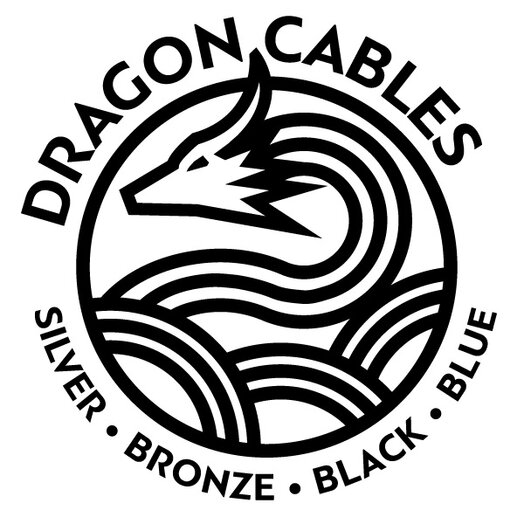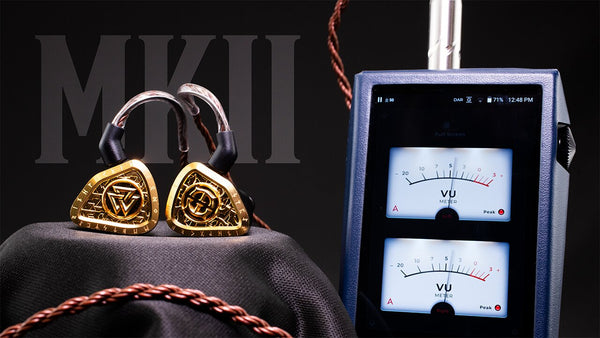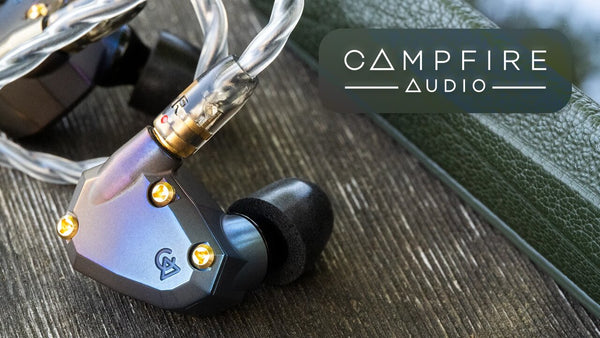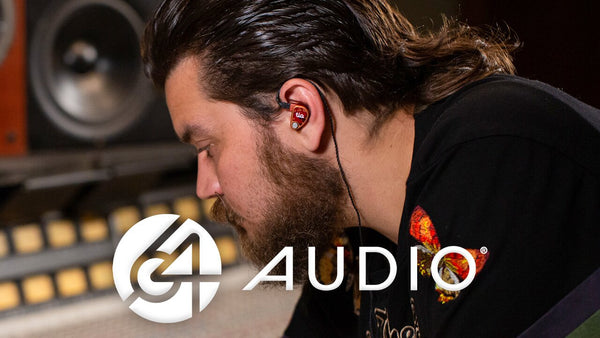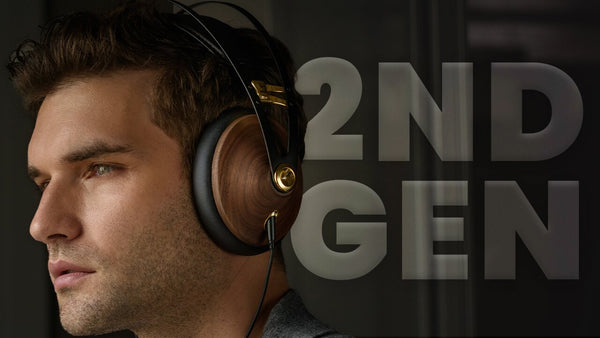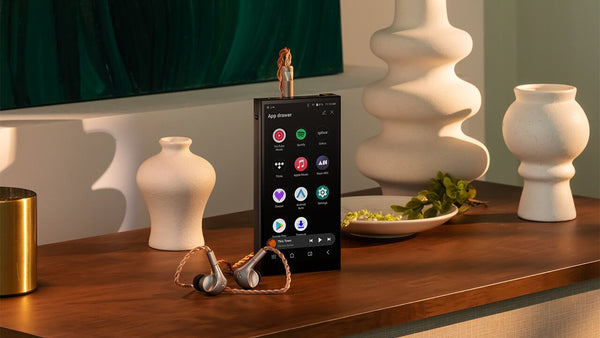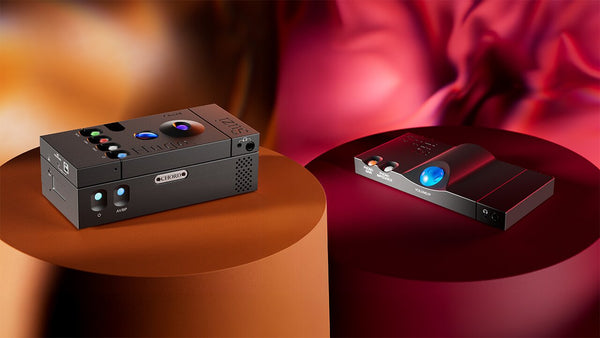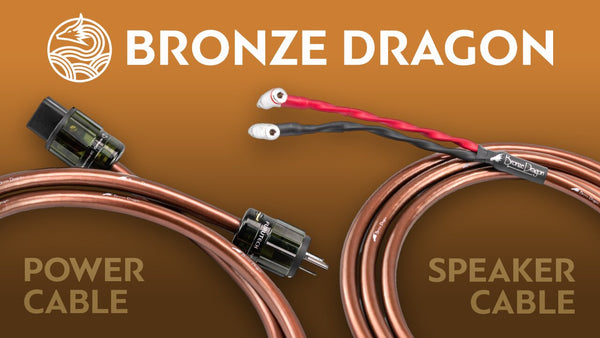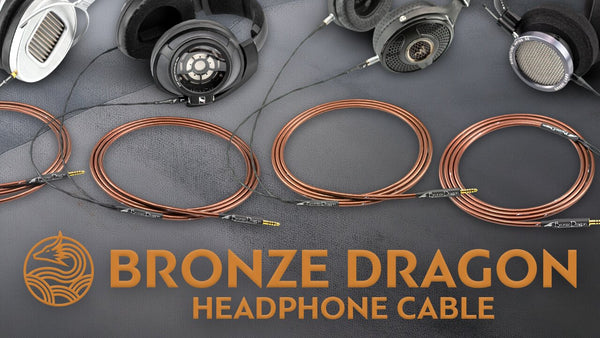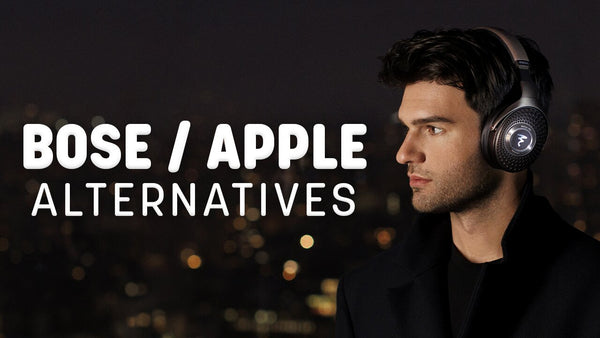Bands & Musicians: How to Choose Your IEMs
Read Time: Approx. 6 min.

Whether You're On Stage Or In The Studio, Upgrade Your Performance with In-Ear Monitors
In-ear monitors (IEMs) have become indispensable tools for bands and musicians, offering a myriad of benefits both in the recording studio and on stage. These devices provide unparalleled sound quality, precision, and comfort, allowing musicians to hear every subtle detail of their music with crystal clarity. In the studio, IEMs enable producers and artists to focus on micro details that may be lost with traditional monitors, ensuring an accurate representation of the mix. On stage, IEMs offer isolation from external noise, allowing performers to hear their music clearly without interference. With personalized sound profiles and a snug fit, IEMs enhance performance quality, stage presence, and overall musical experience for artists across genres. If you're a musician then you likely already know the benefits of using in-ear monitors. Basically, you have two choices:
1) either use on-stage monitors, blow your ears out, suffer hearing loss, never get a quality mix that you're happy with, and guess half the time if you're either in time with the rest of the band or in tune.
2) use an in-ear monitor, have a great mix where you can hear yourself, not blow your ears out, and tell if you're in tune AND if you're in time with the rest of the band.
It's really a no-brainer. A lot of times bands forego using IEMs because there is a belief that they are for pro musicians, are incredibly expensive, and require a lot of setup. Apart from the last point, this is really a misnomer. IEMs are the superior choice to floor monitors or wedges for a ton of different reasons. What are those reasons? We'll get into that and break it down for you step-by-step. You don't have to blow your bank account for a great pair of in-ears, and you certainly don't want to blow your ears out from not using them. If you're considering upgrading to a pair of IEMs for you and your bandmates, then you're in the right place.
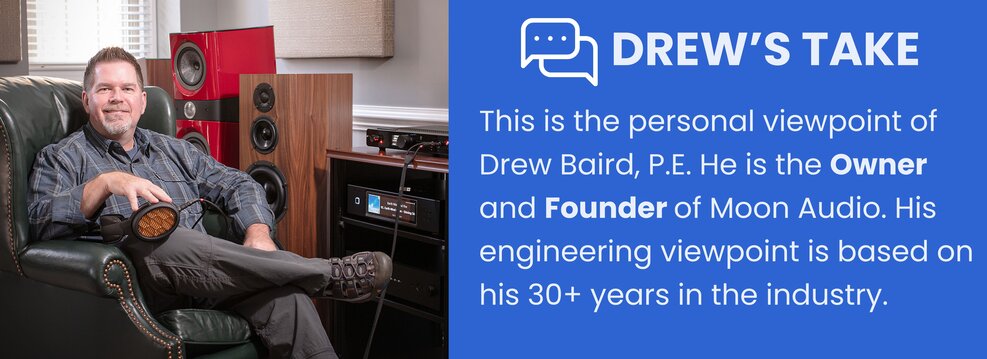

Provides better sound accuracy
Lower volumes than stage monitors for hearing protection
Custom IEM fit provides uncompromised fit, comfort, and seal (isolation)
Can be expensive
IEMs require separate mixing systems for on-stage applications

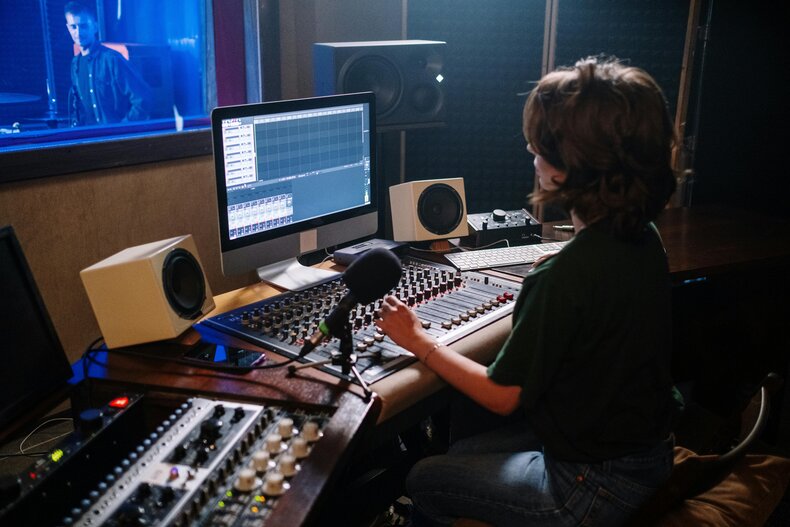
IEMs for the Stage
Typically when most people - musicians and non-musicians alike - think about IEMs, they picture the performer on stage. Sure, it's a huge part of being able to hear yourself well and with superior sound quality to that of the floor monitor. Your IEM has to sound good and fit well. We'll talk more about those points in more detail later, but the fact remains that if you can hear yourself better, have a great mix, and not have to blow your ears out at the same time, then you can actually worry about less of these issues and focus more on your performance and the fun of making music. IEMs can help you perform better in this regard, allowing you to hear more of what you need and keeping out what you don't want to hear.
There are lots of issues with floor monitors from the point of view that every venue will have something different, every venue will have a different engineer doing the FOH (front of house) mix, and the big one is that it just increases the noise floor when you're performing. This is absolutely awful from the musician's perspective because it just creates more competition with what you need to hear.
If you have better accuracy for how you actually sound on stage, it's easier to find that groove with your band, be able to hear what's off, and fix it quicker. You're not going to be perfect all of the time, but using in ears can make it easier to tell if something is off. You'll have the mixes set every time you go to a new venue - you won't have to worry about wasting time in sound checks to get your monitor mix down.
Note: Using in ears will require you to invest in a mixing board/system. Once you make the upgrade to get IEMs, you and your bandmates will need a wireless system/receivers for your in-ears, and then a mixing board where you'll plug in the receivers and mix your individual feed for each band member based on what they want to hear. It's more work than just showing up and spending valuable time ironing out your floor monitor mix, but the long-term benefits to your hearing and sound quality far outweigh the cons. In-ear monitor systems are a staple of bands willing to take the next step in their sound development.

You'll also want to invest in a good pair of IEMs - your free wired AirPods or earbuds that came with your phone aren't going to cut it. There is no seal, the sound quality is poor, and the fit and comfort just aren't there. If you're spending more time worried about your IEMs fitting right, or if you're constantly adjusting them, then it can severely distract you from focusing on what really matters: your performance.
IEMs for the Studio
In-ear monitors are also great options for use in the studio too. Most of the time you'll see singers and musicians wearing large, full-size headphones when performing. There are a couple of downsides to this that directly affect your performance in the studio too that musicians usually don't think about. Depending on the headphone, larger full-size headphones can be weighty and if you're recording for hours on end, that weight can get fatiguing. IEMs are small enough that they don't add any additional pressure or weight to your head, allowing you to wear them and not worry about headphones falling off your head if you move the wrong way. They allow you to focus on the performance in the studio, and that it just as important as your performance on stage. The less you have to worry about or distract you from the music the better.
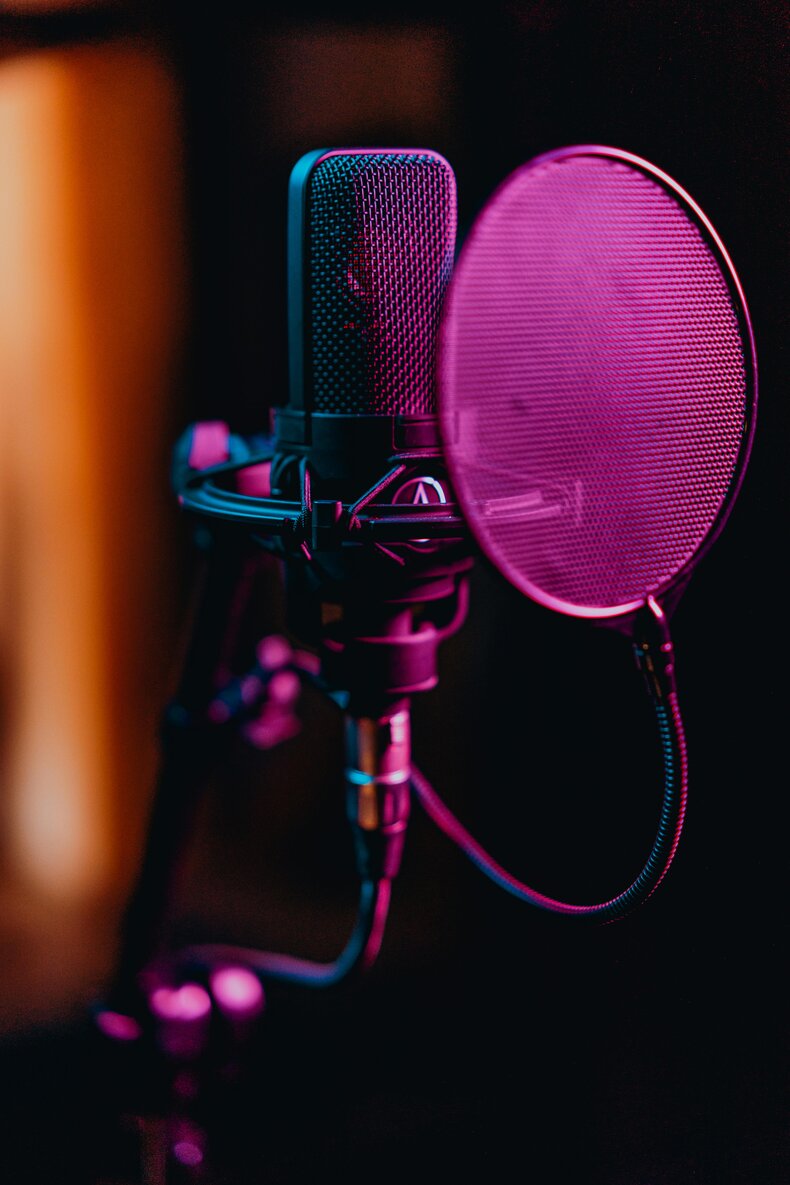
The second thing about using headphones in the studio is that it's a very sonically-controlled place. If you're in an isolation booth recording vocals you will still encounter some level of sound leakage with full-size headphones (even if they are closed-back). The ambient sound inside the iso-booth is treated to have an absolutely quiet noise floor, and you'll still likely experience some of the headphone mix coming through when recording vocals. Sometimes vocalists like to perform with one cup off the ear so they can better hear themselves - this only exacerbates the issue.
IEMs for Sound Quality
Audiophile-grade In-Ear Monitors (IEMs) are not just another piece of gear for musicians; they are a transformative tool that elevates the entire musical experience, especially on stage. IEMs, with their increased fidelity and multiple drivers, bring out the subtle nuances and details in music like never before. Imagine being able to hear every breath of a vocalist, every subtle pluck of a guitar string, or every beat of a drum with crystal-clear clarity. This level of sonic precision is what sets high-quality IEMs apart - they offer a personalized sound experience that caters to the unique preferences and needs of each musician.
But it's not just about technical specifications; there's an emotional connection that comes with hearing your music in such exquisite detail. When the music sounds better in your ears, it can have a profound impact on your performance. It's like being enveloped in a cocoon of sound, where every note and rhythm feels alive and vibrant. This emotional connection translates to a more inspired and energized performance on stage.
Moreover, the accuracy of audiophile-grade IEMs enables musicians to detect and address subtle nuances that might otherwise go unnoticed. Imagine being able to pinpoint tuning issues, blend discrepancies, or tonal imbalances during a live performance. These small details can make a significant difference in the overall quality of the music. With high-quality IEMs, musicians have the tools they need to deliver exceptional performances, whether they're a vocalist striving for perfect intonation or a drummer relying on precise timing.
In essence, audiophile-grade IEMs offer a blend of technical prowess and emotional depth that can truly elevate a musician's performance. They are more than just a means to hear music; they are a gateway to a richer, more immersive musical experience. With IEMs in their ears, musicians can tap into a level of artistry and expression that was once reserved for the most elite performers. It's not just about hearing the music; it's about feeling it in every fiber of your being.


IEMs for Seal

IEMs for Comfort
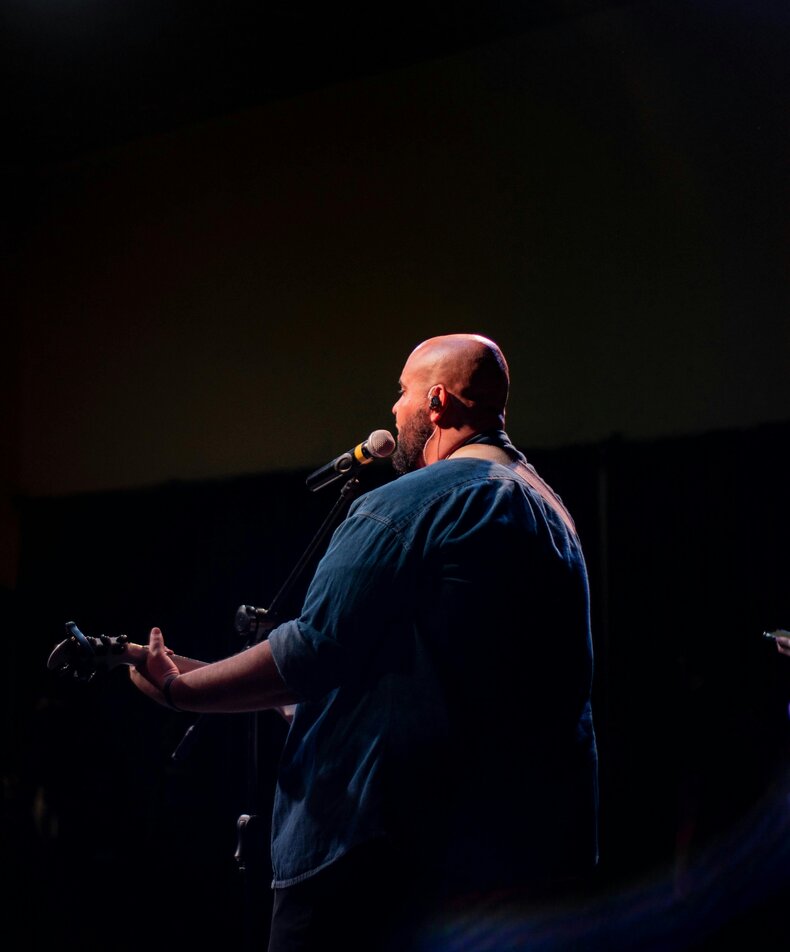

The Dragon Cable Experience
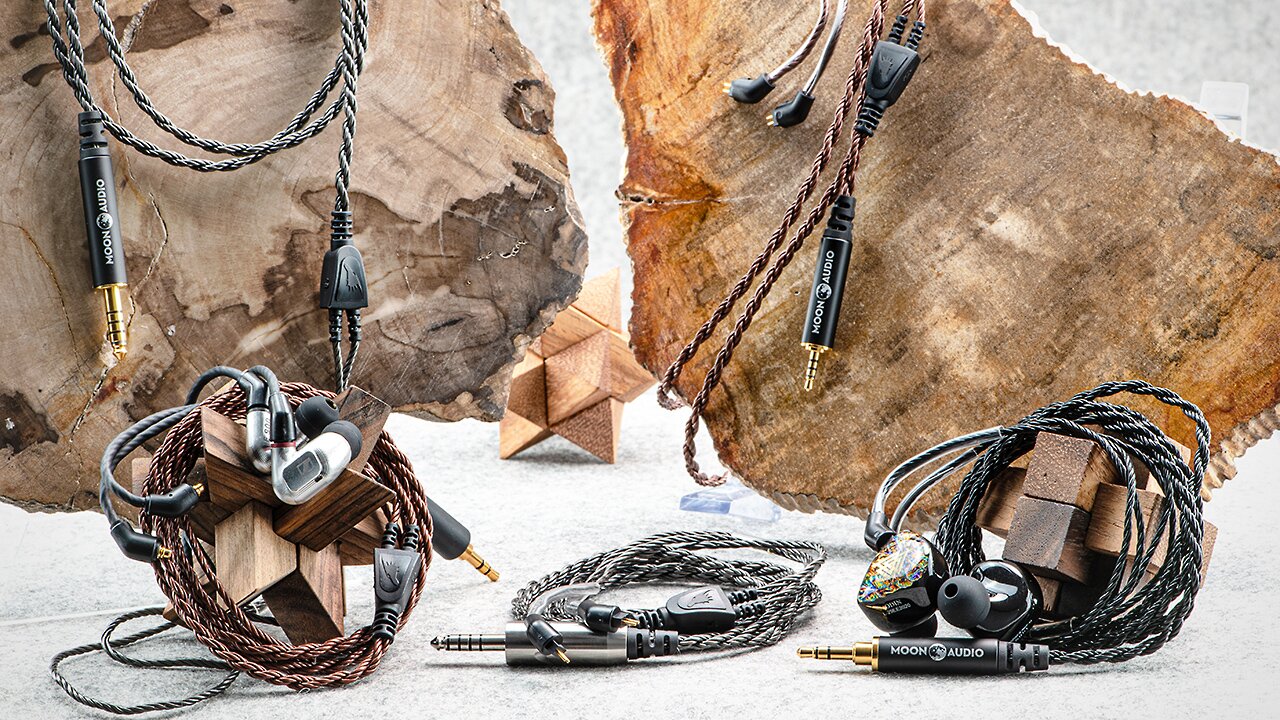
Why Dragon Cables?
You’ve heard the saying that a chain is only as strong as its weakest link, right? Well, the same applies to your brand-new audiophile-grade headphone or other audio components. The weakest link, in this case, is your stock audio cable or the cheap interconnects the manufacturer threw in the box just to get you up and running. Why is the audio cable always an afterthought, when it’s just as important as the rest of your system? At Moon Audio, we use the purest and best raw materials in our cables to unveil your music. We believe that materials matter and your audio cables should have the same care and craftsmanship that manufacturers put into their audio components and headphones. Audio cables are ultimately the connection to your music. The fact remains that cabling is often considered the last priority to that of the main product and a means to cut down the overall production costs. It’s as simple as that. Dragon Cables elevate every note - as if you were hearing your favorite music for the very time.
Final Thoughts
Benefits of In-Ear Monitors for Bands and Musicians:
- Personalized Sound: IEMs offer musicians the ability to create their own customized mix, allowing them to hear exactly what they need on stage.
- Improved Performance: With enhanced sound quality and accuracy, musicians can deliver more precise and captivating performances.
- Reduced Stage Volume: IEMs help reduce stage volume by providing individual mixes, leading to better sound quality for both the musicians and the audience.
- Enhanced Communication: Many IEM systems include communication features, allowing for seamless communication between band members during performances.
- Comfort and Durability: IEMs are designed for comfort and durability, ensuring that musicians can wear them for extended periods without discomfort.
Audiophile-grade IEMs offer a blend of technical prowess and emotional depth that can truly elevate a musician's performance. They are more than just a means to hear music; they are a gateway to a richer, more immersive musical experience. With these IEMs in their ears, musicians can tap into a level of artistry and expression that was once reserved for the most elite performers. It's not just about hearing the music; it's about feeling it in every fiber of your being.
The seal created by high-end IEMs is a critical factor that directly impacts the comfort and sound quality experienced by musicians. While universal IEMs offer a convenient option, custom IEMs represent the pinnacle of seal quality, comfort, and sound isolation. For musicians who demand the best in their performances and prioritize both comfort and sound quality, custom IEMs are an indispensable tool that elevates their musical experience to new heights.
Comfort is a critical consideration when selecting IEMs, particularly for musicians with demanding performance schedules. Universal IEMs offer versatility with their range of ear tip sizes, while custom IEMs provide the ultimate in comfort and fit. Whether opting for universal or custom models, finding the right fit ensures not only comfort but also optimal sound quality and performance. Musicians can trust that their IEMs will deliver the comfort and stability needed to focus on their craft and deliver outstanding performances time and time again.
In-ear monitors have become an indispensable tool for bands and musicians looking to elevate their performance and sound quality. From audiophile-grade sound reproduction to custom-fit comfort, IEMs offer a personalized and immersive listening experience. Whether on stage or in the studio, the importance of IEMs cannot be overstated. They are not just tools; they are essential companions for musicians striving for excellence in their craft. That being said, audiophile-grade IEMs aren't just meant for audiophiles. Musicians SHOULD be using higher-quality IEMs for their stage and studio performances.
Featured Products
Related Videos
Best IEMs for Portable Gaming 2023
Best Wireless Headphones of 2023
Dragon IEM (In-Ear Monitor) Cables 101

